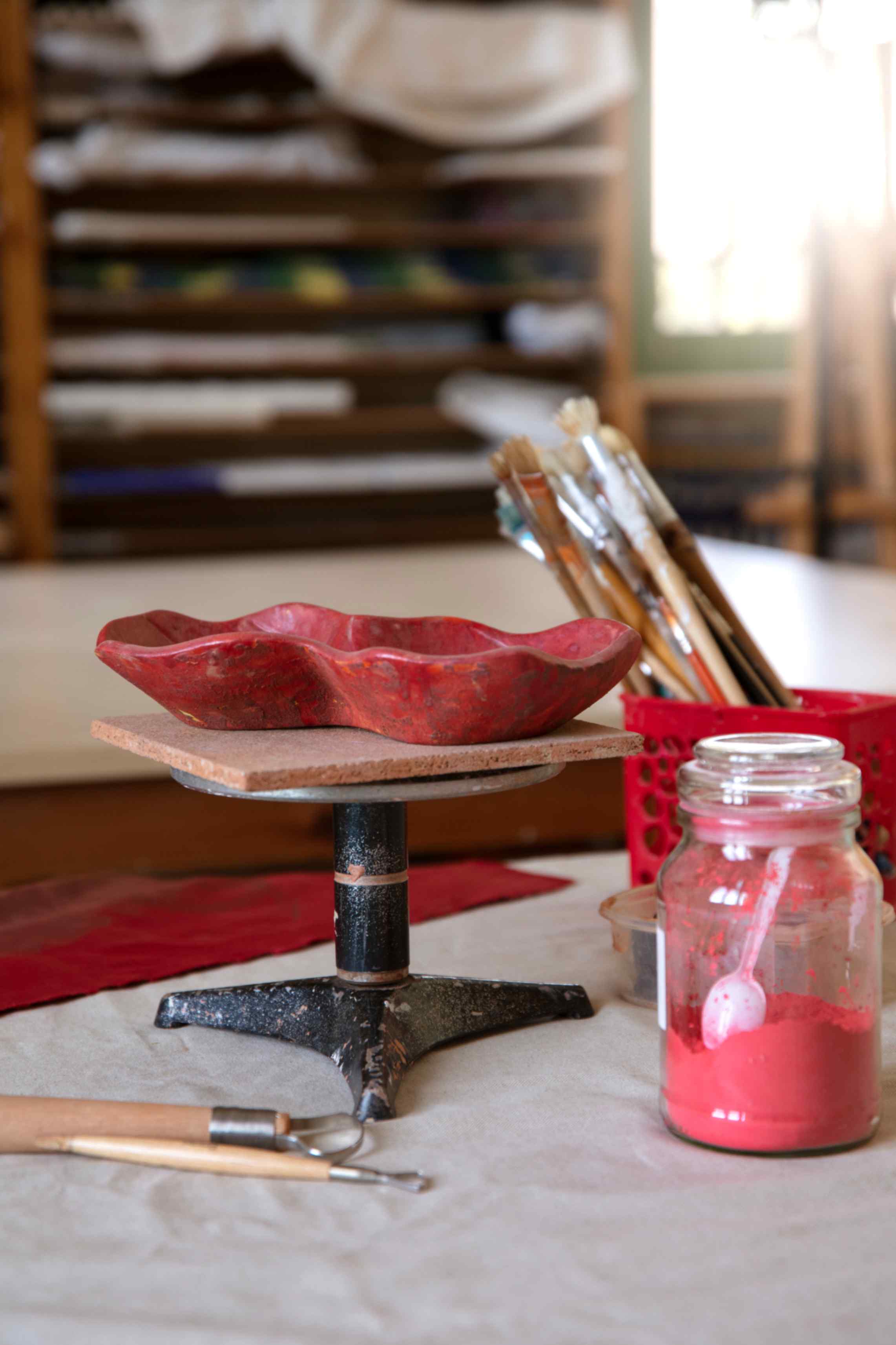
History of Red Sandalwood
The Prestige of History: In China, Zitan has been revered since the Qing Dynasty, giving itcultural significance. Because of its application in traditional Chinese hardwood furniture,Gustav Ecke popularized it in the West. A red sandalwood chair that was used by Qingemperors and is on display at Beijing's Forbidden City is an iconic example.
Uniqueness and Worth: Slow Growth: The decades it takes for red sandalwood trees to reachmaturity contribute to their scarcity. Zitan furniture is uncommon, costly, and highly prized; ithas been in high demand for millennia
High Demand in China: Red sandalwood is a profitable commerce item since Chineseconsumers are willing to pay a premium price for it.
India's Illegal Smuggling: Export limitations have led to the emergence of a flourishing blackmarket. Arrests for smuggling demonstrate the wood's enormous worth and enduring demand.
Possibility of Investment: Combines restricted quantity, luxurious appeal, and historical relevance.Provides a high rate of return in places where demand is high, especially in China and the luxuryfurniture sector.
Why Invest on Red Sandal?
Pterocarpus santalinus, a species of Pterocarpus indigenous to South India's southern EasternGhats mountain region, is also referred to by the popular names red sanders, YerraChandanam, Chenchandanam, red sandalwood, Rakta Chandana, and saunderswood.Redsandalwood, which is prized for its deep red wood, has become increasingly popular as aningredient in incense in recent years.
With a trunk diameter of 50 to 150 cm and a maximum height of 8 meters (26 feet),Pterocarpus santalinus is a little tree that requires a lot of light. When young, it grows quickly;even on poor soils, it can reach a height of 5 meters (16 feet) in three years. Temperatures of-1°C kill it, therefore it is not frost hardy.

Uses of Red Sandalwood
A precious natural resource with global value across industries and traditions.

Medicinal and Ayurvedic Applications
In the pharmaceutical and Ayurvedic sectors, Red Sandalwood has long been used for its anti-inflammatory, antioxidant, and anti-microbial properties. It is an essential ingredient in the treatment of skin disorders, blood purification, fever reduction, and liver support in traditional medicine. Ayurvedic formulations often include Red Sandalwood powder for its detoxifying effects and ability to promote glowing skin.
Cosmetics and Skincare
The cosmetics and skincare industry uses Red Sandalwood for its natural skin-brightening and cooling qualities. It is commonly found in organic face masks, anti-aging creams, soaps, and herbal beauty treatments. Its gentle yet powerful effects make it a popular choice for those seeking natural solutions for acne, pigmentation, and skin.

Textile and Dye Industry
In the textile and dye industry, Red Sandalwood is prized for its ability to produce a deep, rich red dye. This natural pigment is used in coloring silk, cotton, and other fabrics, especially in traditional Indian garments like sarees and turbans. Artisans and natural dye manufacturers prefer it for its non-toxic nature and historical value.

Woodworking and Furniture
Red Sandalwood also plays a significant role in luxury woodworking and furniture manufacturing. Its dense, richly colored wood is used to craft high-end furniture, musical instruments, inlay work, and decorative carvings. The wood’s durability and deep hue make it a premium choice for temple architecture, religious idols, and antique restoration.


Spiritual and Cultural Practices
In spiritual and cultural practices, Red Sandalwood holds a sacred place. It is used in the creation of prayer beads (japa malas), religious artifacts, and ceremonial tools in Hinduism and Buddhism. Its presence symbolizes purity, strength, and spiritual focus, making it an integral part of many rituals and traditions.